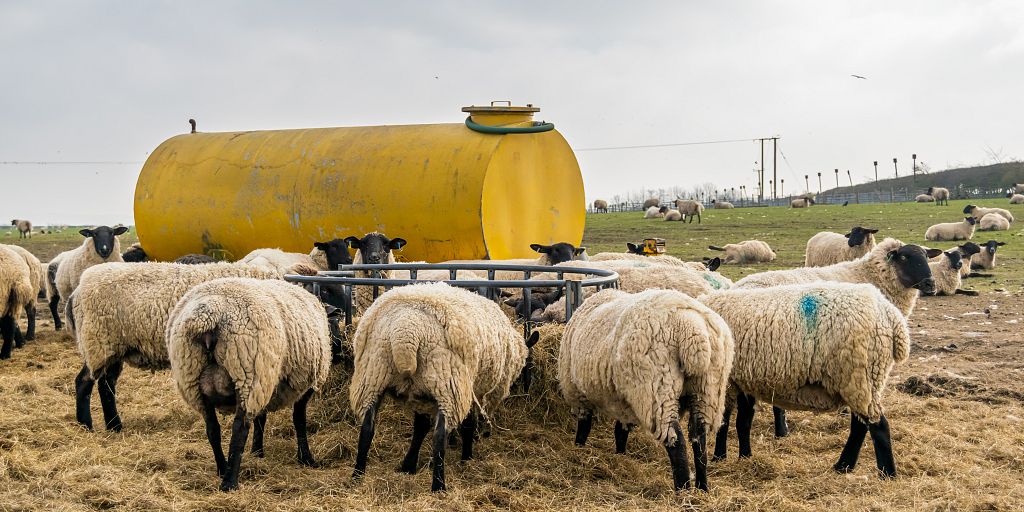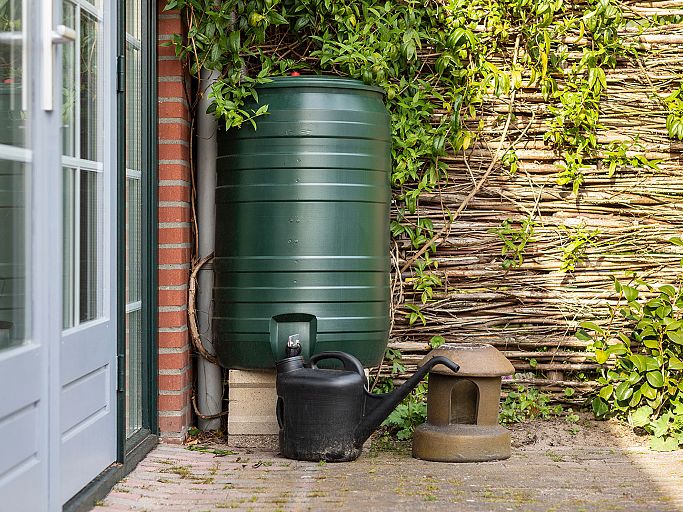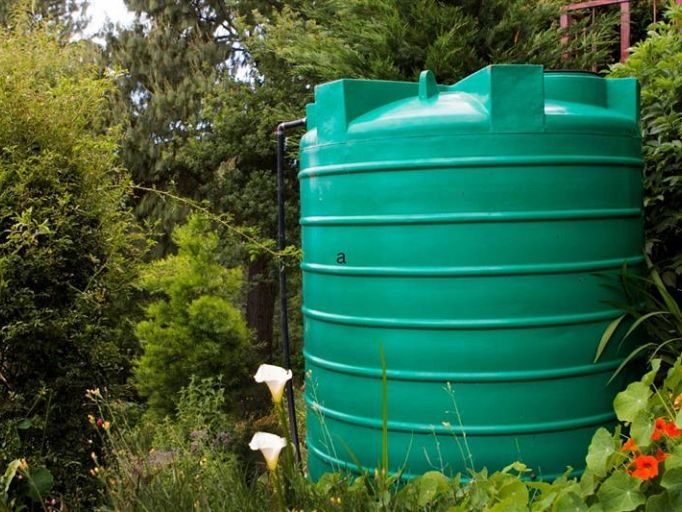- Oil
- Diesel
- Petrol
- AdBlue
- Water
- Sewage
- Hot Water Cylinders
-
Brands
- New Releases
- In Stock
- Sale
- Best Sellers
- Fuel Tank Hire
- More
-
Services
Essential Guide to Livestock Watering Tanks: Solutions For Remote Fields
12th February 2025 in water
Author: Jack Dunn
Making sure there is a reliable water supply for livestock in remote fields is an essential part of agricultural practice in the UK, as it helps to maintain the health, productivity and overall well-being of the animals. In this edition of the Tanks R Us blog, we delve into the importance of these tanks, and explore the types available, highlighting key features to consider when selecting for your remote fields.
The Importance of Livestock Watering Tanks
Water is a fundamental requirement to life. For livestock it influences digestion, nutrient absorption and temperature regulation. Inadequate water intake can lead to decreased consumption of feed, reduced milk production and overall poor health. In remote fields, where natural water sources may be scarce, seasonal or contaminated, it can be challenging to meet the hydration needs of animals. Livestock watering tanks are a practical solution to the problem, which provides a controlled and consistent supply, ensuring animals can stay hydrated regardless of field conditions.
Types of Livestock Watering Tanks
When considering water solutions for remote fields, several types of tanks are available, each having distinct advantages.
Plastic: These are lightweight and resistant to corrosion, easy to transport and install. They’re available in various shapes and sizes, catering to different field configurations and sizes. The durability of plastic (polyethylene) tanks makes them suitable for outdoor use in various weather conditions.
Galvanised Steel: Known for strength and longevity, galvanised steel tanks can withstand rough handling and the extreme temperatures and weather conditions in the UK. They’re ideal for larger herds due to substantial capacity, though they’re heavy and might require machinery for installation.
Concrete: Extremely durable and stable, concrete tanks are less prone to damage from livestock. They’re suitable for permanent installation where long-term use is required and can withstand difficult conditions. The main drawbacks of concrete tanks are their weight and the need for professional installation.
Collapsible: Made from flexible materials, collapsible or bladder tanks can be folded when not in use, making them the ideal solution for temporary set-ups or rotational grazing systems. They’re easy to transport but are less durable than rigid tanks.
Key Features
Selecting the appropriate watering tank involves considering several critical features to make sure it meets the specific needs of your livestock, as well as field conditions.
Capacity: Determine the daily water requirements of your herd so that you can choose a tank with adequate capacity. It's advisable to select one that can hold at least a day's worth of water, with additional capacity to account for unexpected needs (or delays in refilling).
Durability: The tank should be able to withstand UV exposure, temperature fluctuations and potential damage from livestock. Materials like UV-stabilised polyethylene or galvanised steel offer extra durability.
Portability: For rotational grazing or temporary set-ups, lightweight and easily movable tanks are beneficial. Plastic or collapsible tanks offer superior portability compared to steel and concrete versions.
Cleaning: Regular cleaning of the tank is important to ensure water quality is maintained, and to prevent algae growth and contamination. Tanks with smooth interiors and accessible openings make the cleaning process much simpler.
Frost resistance: In colder regions, consider a tank (or tanks) designed to resist freezing, or which can accommodate heaters to prevent ice formation.
Safety: Make sure the tank has no sharp edges or protrusions which could injure animals. Stable bases and secure fittings prevent tipping or spillage.
Watering Systems in Remote Fields
Beyond selecting the right tank to meet your needs, having an effective watering system in remote fields also involves other considerations.
Water source: In the absence of natural sources, water may need to be transported to the site, necessitating the use of mobile tanks or bowsers.
Delivery system: Depending on the water source's location, you may require pumps, pipes or gravity-fed systems to deliver water to the tanks. Solar-powered pumps are an eco-friendly option for remote areas without electricity.
Maintenance: Undertake regular inspection of the tanks and associated equipment for any signs of wear or damage. Ensure you have a maintenance schedule to clean, check for leaks, and make sure components function correctly.
Regulations: Familiarise yourself with any local regulations regarding water usage and livestock management to ensure that you remain in compliance, including understanding any restrictions on water extraction from natural sources and making sure you stick to animal welfare standards.
Providing a consistent and clean water supply in remote fields is absolutely vital for livestock health and productivity. By carefully selecting the right tank and putting a well-planned system into practice, you can ensure animals remain hydrated and healthy, even in the most isolated places. Check out the tanks available now at Tanks R Us to help you manage your water supply in remote fields.
One of the largest selections of tanks in the UK
Chat online or call us today on 01469 531229
Related Products
More Articles

Water Storage Tanks and the Environment
1st September 2022 in water

How to Clean a Drinking Water Tank
5th September 2022 in water

Can I Drink Water from a Water Storage Tank?
15th November 2022 in water

Why It's Important To Place Water Tanks In The Right Location
15th November 2022 in water
Help
About Us
My Account
Newsletter Sign Up
Inspiration direct to your inbox, please enter your email below...
Help About Us My Account
© Tanks R Us. All rights reserved. Registered in England. Registration number. 05804332. VAT number 364402764
Designed and produced by Kal Group